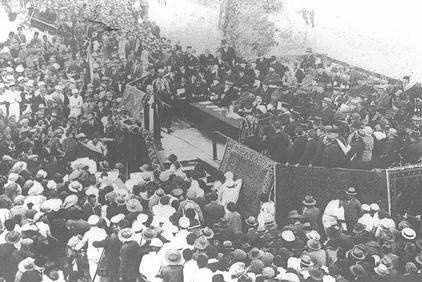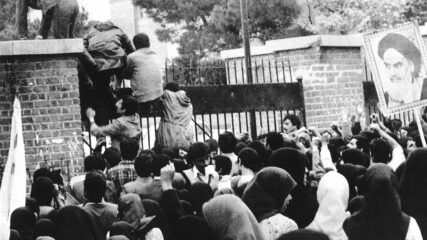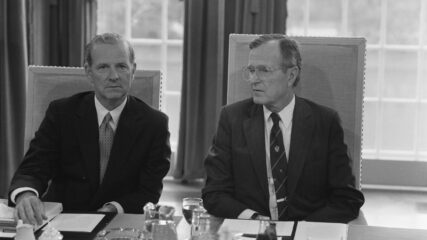April 1, 1925
The idea to create a Hebrew University as a cultural anchor of a Jewish homeland in Israel coincided with the birth of the modern Zionist movement. In June 1882, the Zionist, Hebrew-language newspaper HaMelitz published a letter from Dr. Hermann Schapira, a mathematics professor at Heidelberg University. Schapira, who also came up with the idea for creating the Jewish National Fund, wrote, “It is necessary to establish at the center, between those settlements, a large sophisticated institution that will spread high learning, wisdom and literacy to every household in Beit Israel. … The purpose of such an institution is highly regarded and considered sacred by me because in my opinion we should make our people aware of its significance.”
Schapira proposed an institution for higher learning at the First Zionist Congress in August 1897. Although the idea was tabled, Theodor Herzl, in his discussions with the Ottoman sultan, tried to gain permission for the creation of a university, but his efforts were unsuccessful.
In 1901, Chaim Weizmann, together with philosopher Martin Buber and Zionist leader Leo Motzkin, created a Democratic Faction within the Zionist movement. At the forefront of the faction’s ideas was the creation of a Hebrew university to serve as the centerpiece of revived Hebrew and Jewish scholarship in the Land of Israel. At the 11th Zionist Congress, held in Vienna in September 1913, the topic of a university was again raised. Menachem Ussishkin addressed the Congress: “We, a small handful, have remained alive and today, 2,500 years since we went into exile, stand here as the representatives of our people and take counsel as to how to accomplish our national revival. Twenty-five hundred years it is since our national Holy of Holies, the Temple of God on the Mount Moriah, was destroyed, and today we stand here animated with the idea to erect on Mount Zion a Temple of Culture and Science. This plan is the rehabilitation of our newly awakened people. And it will be realized.”
Ussishkin announced that 400,000 marks had been pledged to the university, and a motion to create a special commission passed on a unanimous vote.
After the decision to create the university in Jerusalem, Weizmann was tasked with organizing the university committee. Arthur Ruppin, head of the Palestine Office of the World Zionist Organization, was instructed to find a suitable location. In 1914, Ruppin purchased an estate and land on Mount Scopus just outside Jerusalem.
In 1918 the World Zionist Organization gained permission from the British to start laying the cornerstones for the university in Jerusalem. In 1924 the Institute for Chemistry and Jewish studies opened, and the university officially opens April 1 the following year.
Zionist and British leaders are joined at the opening ceremonies by representatives from universities across the world. Among those in attendance are Lord Arthur James Balfour, Sir Herbert Samuel and Weizmann. Dr. Judah Magnes is the first chancellor and seeks students and academics internationally to grow the university.
Albert Einstein, one of the university’s earliest proponents, describes the occasion: “The opening of our Hebrew University on Mount Scopus, at Jerusalem, is an event which should not only fill us with just pride, but should also inspire us to serious reflection. … A University is a place where the universality of human spirit manifests itself.”









